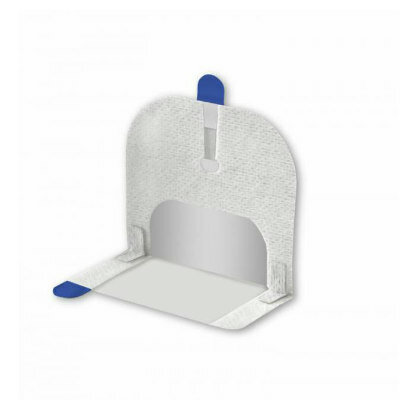MRI Technique Could Help Track How Parkinson’s Patients Respond to Treatment
By MedImaging International staff writers
Posted on 10 Dec 2012
New imaging technology is providing insights into the degeneration of two brain structures affected by Parkinson’s disease (PD). Posted on 10 Dec 2012
The technique, which combines several types of magnetic resonance imaging (MRI), could allow physicians to optimize monitoring patients’ progression and track the effectiveness of potential new treatments, according to Dr. Suzanne Corkin, Massachusetts Institute of Technology (MIT; Cambridge, MA, USA) professor emerita of neuroscience and head of the research team.

Image: MIT neuroscientists imaged the substantia nigra in a young adult, left, an older adult, center, and a Parkinson’s patient, right. They found that the substantia nigra deteriorates in Parkinson’s patients (Photo courtesy of David Ziegler).
The study, published November 26, 2012, online the journal Archives of Neurology, is also the first to provide clinical evidence for the theory that PD neurodegeneration starts deep in the brain, and travels upward. “This progression has never been shown in living people, and that’s what was special about this study. With our new imaging methods, we can see these structures more clearly than anyone had seen them before,” Dr. Corkin stated.
PD currently affects 1%–2% of individuals over 65, totaling five million individuals worldwide. The disease gradually destroys the brain cells that control movement, leaving most patients wheelchair-bound and completely dependent on caregivers. “A major obstacle to research on the causes and progression of this disease has been a lack of effective brain imaging methods for the areas affected by the disease,” stated Dr. David Ziegler, first author of the article.
In 2004, anatomist Heiko Braak, from Johann Wolfgang Goethe University (Frankfurt, Germany), categorized PD into six stages, based on the appearances of the affected brain structures. He proposed that during the earliest stages, a structure deep inside the brain, known as the substantia nigra, starts to degenerate. This structure is vital for movement and also plays significant roles in addiction and reward. Later, Dr. Braak proposed, degeneration sweeps outward to a brain region known as the basal forebrain. This area, located behind the eyes, includes several structures that generate acetylcholine, a neurotransmitter important for learning and memory.
Neuropathologists had found evidence for this sequence of events, but it had never been observed in living patients because the substantia nigra, deep within the brain, is so difficult to image with traditional MRI scanning. To overcome that, the MIT scientists employed four types of MRI scans, each of which uses slightly different magnetic fields, generating different images. By integrating these scans, the researchers created composite images of each patient’s brain that distinctly show the basal forebrain and the substantia nigra. “Our new MRI methods provide an unparalleled view of these two structures, allowing us to calculate the precise volumes of each structure,” Dr. Ziegler said.
After scanning healthy brains, the researchers examined 29 early-stage Parkinson’s patients. They first discovered a considerable volume loss in the substantia nigra part of the brain, followed by loss of basal forebrain volume later in the disease progression, as predicted by Dr. Braak.
In future studies, this MRI technique could be used to track patients over time and gauge whether degeneration of the two areas is correlated or if they deteriorate independently of one another, according to Dr. Corkin. This application could also provide clinicians with a new way to track how their patients are responding to treatment.
Most patients are currently treated with dopamine, which helps to counteract the loss of dopamine-generating neurons in the substantia nigra portion of the brain.
Researchers could also use the new imaging applications to determine the effects of possible new therapy.
Related Links:
Massachusetts Institute of Technology













